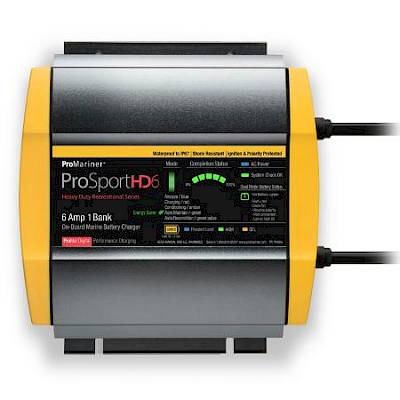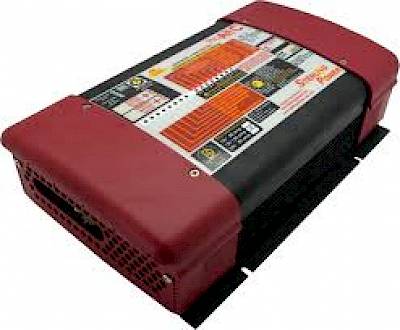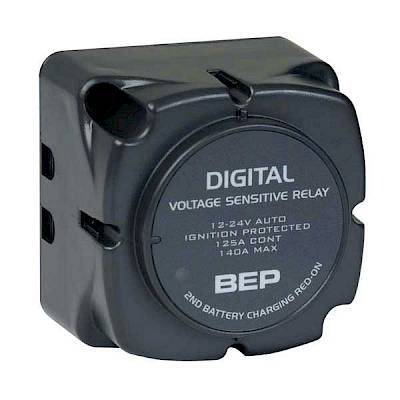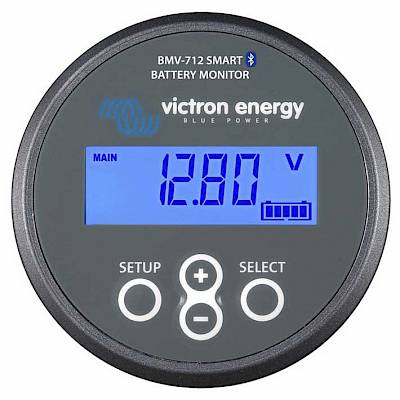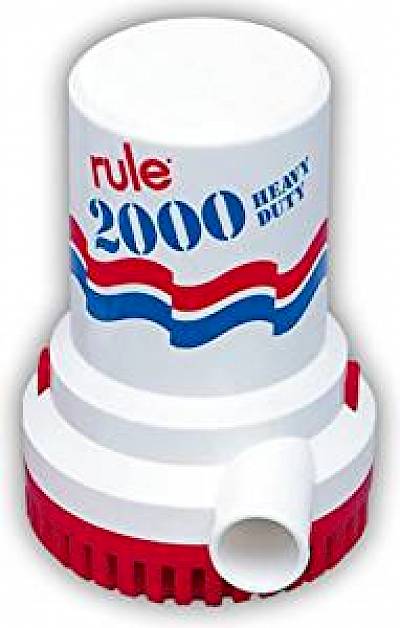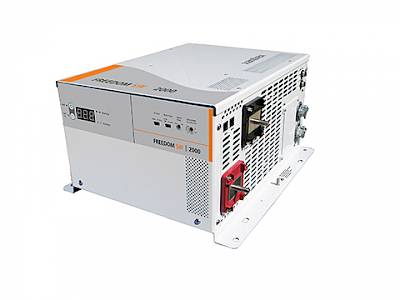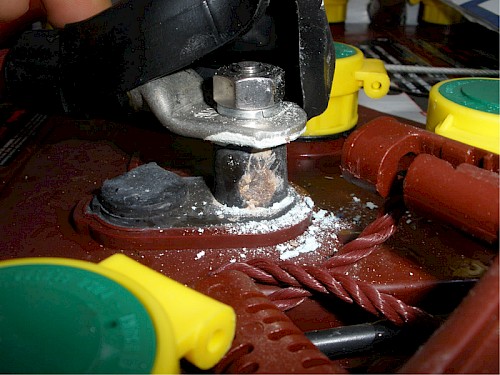
DIY Battery Decommissioning
Preparing batteries for the winter will not only increase their life cycle and effectiveness, it will also make sure important systems stay working throughout the season.
Most cruisers maintain their boat’s systems throughout the year, but every fall it pays to make sure everything is in top condition and prepared for a winter of reduced activity. If you’re like many boaters on our coast who don’t haul-out for the winter, your bilge pump power systems must be reliable enough to last the season by themselves. Because of this our batteries are always our number one concern. As well, properly maintaining the batteries will extend their service life, help prevent damage to the boat and ensure that the overall DC system is as efficient as possible.
Battery Maintenance Checklist
Before leaving your boat for the season, use this easy checklist.
- Ensure your batteries have been brought to a full charge, and that your charger is capable of and properly set up to provide a float or trickle charge while you’re away.
- Check the shore power connections (which power the battery charger) to ensure they are clean and not corroded, as this could be a fire hazard.
- Clean the battery terminals of any corrosion and make sure they are dirt-free to improve efficiency.
- The DC and AC switches and breakers on your boat should be set to the correct position to run the bilge pump and charge the batteries.
- Batteries weigh a lot, commonly between 15 and 60 kilograms, so the strap you’re using should limit the battery movement.
- Ensure your battery box has a lid to protect the terminals from unintentional shorts, with vents to allow hydrogen gas to escape from the box and the compartment.
- If you have flooded lead acid batteries, inspect the battery box, top up the fluid level and check for acid or acid damage.
The Right Charger
Having a battery charger hooked up is important. Even without anything connected, flooded lead acid batteries lose 10–40 percent of their capacity each month, and going without a charge for more than one month will most likely damage them. We have AGM batteries onboard our boat, which only lose about two percent per month, but a charger is still critical. The bilge pump alone uses more power over the winter than even a fully charged battery bank can provide.
Regardless of battery type, keeping your batteries topped up with a high-quality charger will extend its life. When selecting a charger we recommend a smart three-phase charger to maximize the benefits. These chargers will advertise a bulk, absorption, and float phase in the charge cycle. Float phase is sometimes called a “trickle-charge” and is what keeps your batteries in good condition, but be careful—some trickle-chargers, like ferro-resonant and two-stage chargers, aren’t suitable and will overcharge your batteries.
Flooded Battery Maintenance
If you have flooded lead acid batteries on your boat, there is additional maintenance that must be done. AGM and gel cell batteries are self-contained and do notrequire this attention. Ultimately, we find that many of our clients value reliability and simplicity over a low price, as we replace numerous flooded lead acid batteries with AGM or gel cell batteries every year.
Battery Boxes
A proper battery box for flooded batteries needs to contain any spilled battery acid. To accomplish this, boxes should be made of plastic or wood that has been perfectly sealed with epoxy. Sulphuric acid eats through metal, so there can be no fasteners such as screws through the bottom of the box. Acid that escapes the box can destroy porous materials such as wood, and will ruin any metal fittings. Check for holes in your box that acid could escape through.
Topping Up Fluids
Check the level of your battery acid before you leave the boat. It should be ¼ inch to ½ inch above the internal battery plates; if it’s low, top it up with distilled water. Never overfill a battery. The fluid will expand when it warms up during use, and it will spill through the vent caps. Use a controlled method such as a clean syringe to fill your batteries, because if you overfill them, removing battery fluid will reduce your battery’s capacity. As well, battery acid is difficult to dispose of.
Dealing with Acid Spills
If you see liquid around your batteries, assume it is battery acid. If unattended for months, spilt battery acid can cause expensive damage to many components. To clean it up, first protect yourself with gloves, goggles, and proper ventilation. Dilute the acid with water, and then put baking soda on it to neutralize the acid. However, never put baking soda near the battery caps—if it gets inside the battery, it will cause permanent damage. Leaking acid, as well as being a problem in itself, is a sign that your batteries are possibly being overcharged or overfilled, so the cause should be investigated.
It’s crucial to check your battery system in the fall because the electrical system runs critical items such as bilge pumps and heaters to prevent freezing, so reliability is key.
Ensuring you have a tip-top electrical system before you leave for the season will not only protect your boat through the winter, it will help make sure it’s ready to go when you are next season. If you treat your battery systems to some careful maintenance they’ll last longer, and you’ll be harnessing the maximum energy they can provide.
About the author: Jeff Cote is the owner of Pacific Yacht Systems, a full service shop delivering marine electrical and navigation solutions for recreational boats. This column focuses on the changing world of technology and boating.
Related Content






 $258.00
$258.00 $179.40
$179.40



















